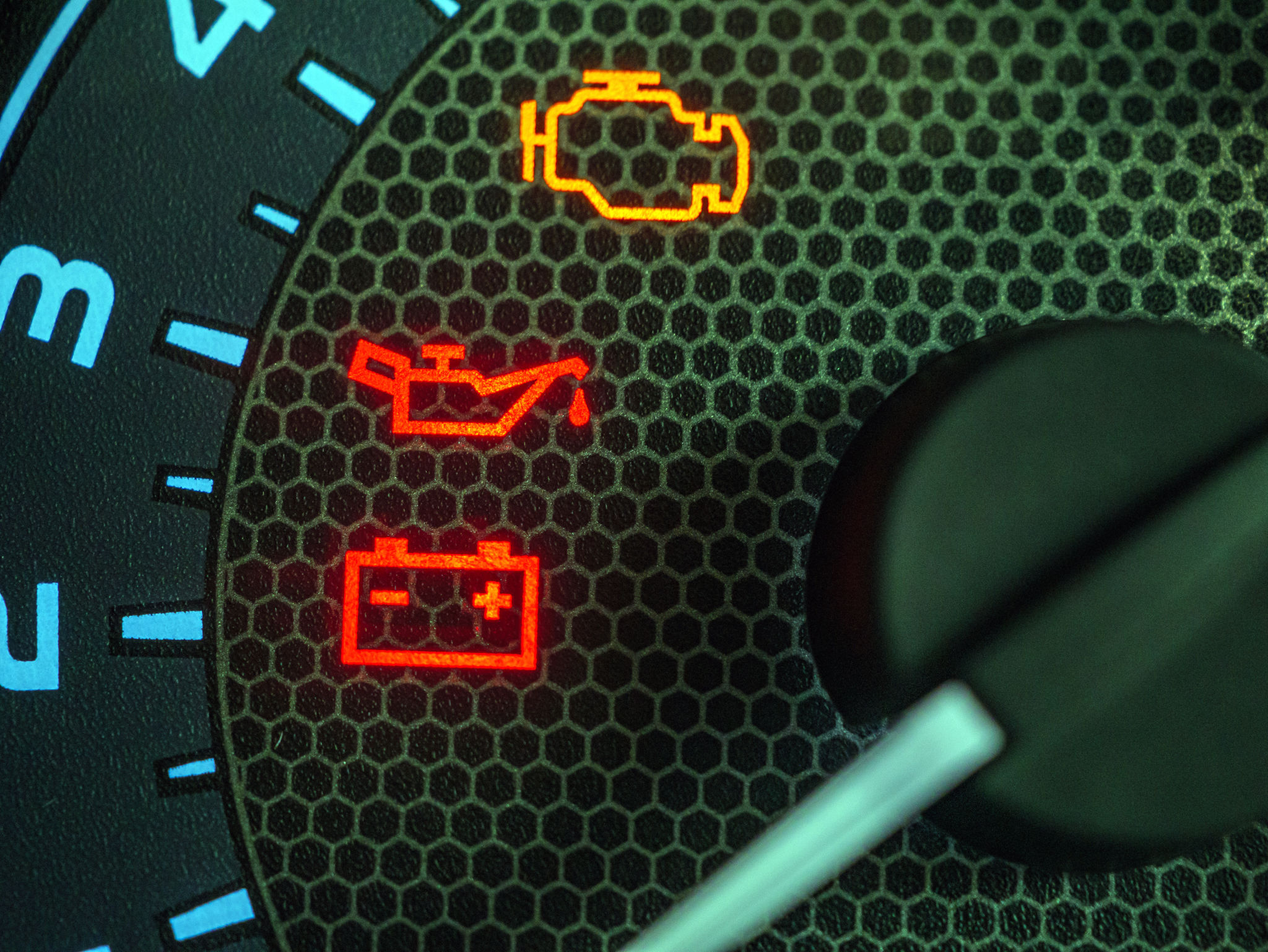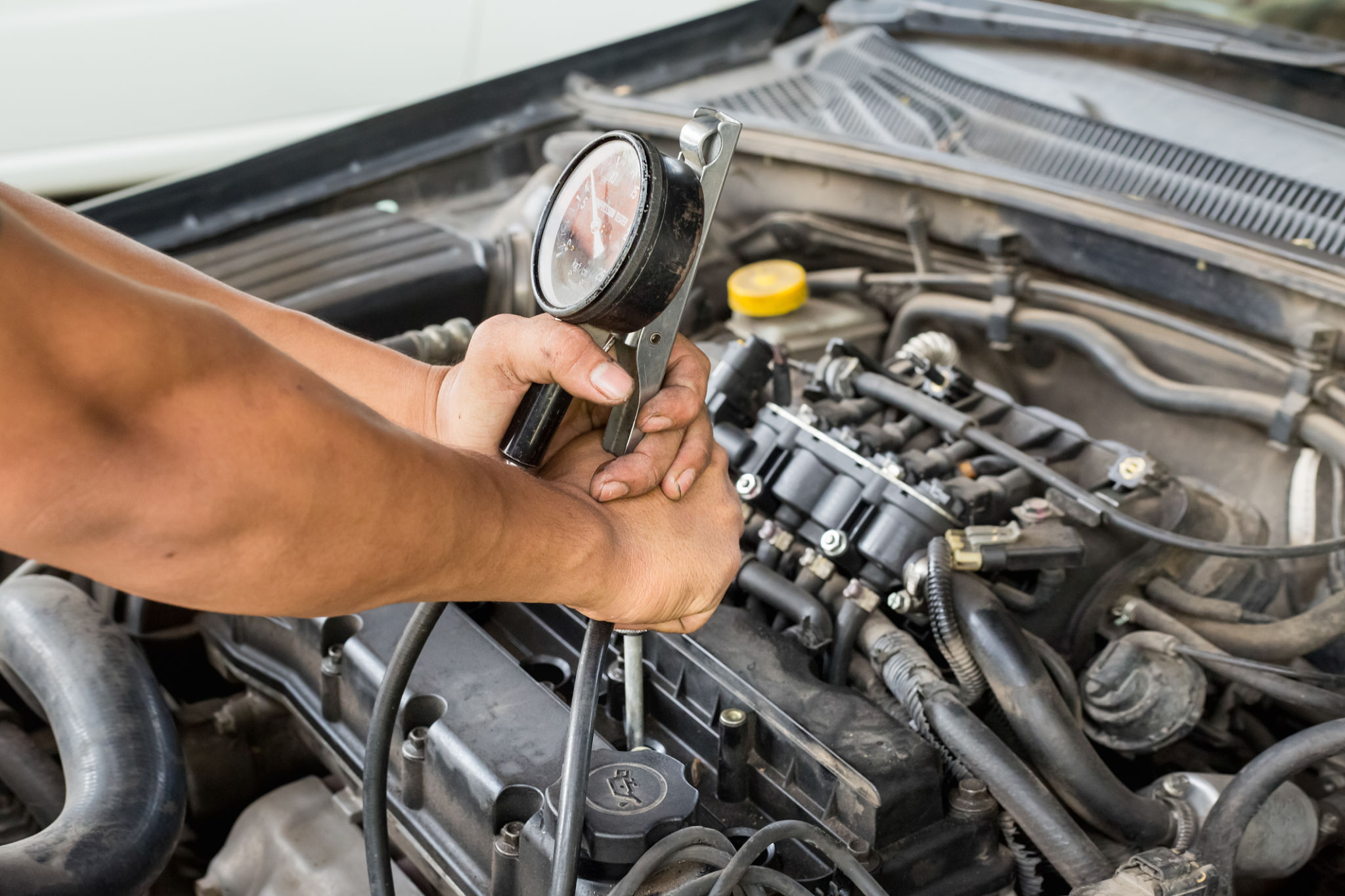Debunking Myths About Dashboard Warning Lights and What They Really Mean
Understanding Dashboard Warning Lights
When it comes to your vehicle, the dashboard warning lights can be a source of anxiety for many drivers. These illuminated symbols are designed to alert you to potential issues, but their meanings are often misunderstood. In this post, we will debunk some common myths about dashboard warning lights and explain what they really mean.

Myth 1: All Warning Lights Indicate a Serious Problem
One prevalent myth is that all dashboard warning lights signify a severe issue with your car. While some lights do indicate serious problems, not all of them require immediate attention or a visit to the mechanic. For instance, the check engine light can illuminate for something as minor as a loose gas cap or as serious as a failing catalytic converter. Understanding the specific warning light helps determine the urgency of the issue.
Myth 2: A Red Warning Light Means Immediate Danger
Many drivers panic when they see a red warning light, assuming it means immediate danger. While red lights often indicate a critical issue that requires prompt action, it doesn't always mean you should pull over immediately. For example, the oil pressure warning light signals a drop in oil pressure and needs quick attention, but you may have enough time to safely reach a service station.

Myth 3: Ignoring a Warning Light Will Make It Go Away
Another common misconception is that ignoring a warning light will eventually make it disappear. This is far from the truth. Ignoring these alerts can lead to further damage and potentially higher repair costs. It is essential to address the cause of the warning as soon as possible to prevent small issues from becoming major problems.
Deciphering Common Warning Lights
To better understand what your car is trying to tell you, let's take a closer look at some common dashboard warning lights and their meanings:
- Check Engine Light: Indicates potential issues with the engine or emissions system.
- Battery Alert: Signals a problem with the vehicle's charging system.
- Brake Warning Light: Could mean low brake fluid or an issue with the braking system.
- Coolant Temperature Warning: Alerts you to an overheating engine that needs immediate attention.

What to Do When a Warning Light Comes On
If a warning light appears on your dashboard, it is crucial to remain calm and assess the situation. Start by checking your vehicle's manual for guidance on what the light means. Some issues may be resolved by simple actions, such as tightening the gas cap or adding coolant. However, if you're unsure or if the light persists, it's wise to consult with a professional mechanic.
The Importance of Routine Maintenance
A great way to prevent dashboard warning lights from appearing is by keeping up with regular vehicle maintenance. Routine checks and services can help identify potential problems before they become serious, ensuring your car runs smoothly and safely. Preventive care not only extends the life of your vehicle but also provides peace of mind while driving.

Conclusion: Stay Informed and Prepared
Dashboard warning lights are an essential communication tool between your car and you. By debunking myths and understanding what these lights mean, you can take appropriate actions to maintain your vehicle's health. Remember, staying informed and addressing issues early can save you time, money, and stress in the long run.
